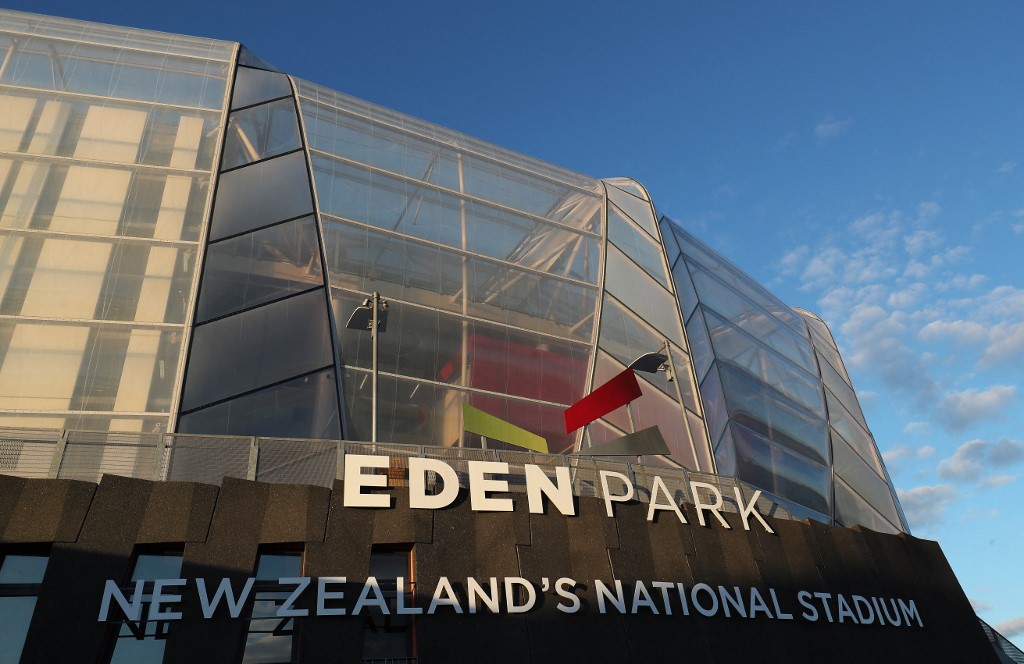The World Cup women’s soccer will be held from July 20th to August 20th in Australia and New Zealand. There will be ten stages that will receive the main players of world soccer.
– AUSTRALIA –
Stadium Australia (Capacity: 83,500 spectators)
The main headquarters of the World Cup, also called the Olympic Stadium because it was built for the Sydney 2000 Games, will host the opening game between Australia and Ireland, on July 20, and the final one month later.
Located to the west of the city, the stadium is used for Canterbury Bulldogs and South Sydney Rabbitohs rugby matches and has hosted numerous sporting events since it opened in 1999.
Sydney Football Stadium (Capacity: 42,512 spectators)
This new stadium at Moore Park was completed last year to replace the old Allianz Stadium, which had stood on the same site since 1903.
Next to the famous Sydney Cricket Ground, it was used for football, rugby and concerts. Six World Cup games will be held there.
AAMI Park Stadium (Capacity: 30,052 spectators)
Located in the same district as the Melbourne Cricket Ground and Melbourne Park, where the Australian Open tennis is played.
Close to the city center, the stadium will host six World Cup matches, including the match between Australia and Canada, at the end of Group B.
Lang Park Stadium
(Capacity: 52,263 spectators)
Brisbane’s main sports and entertainment venue, it is nicknamed “The Cauldron”.
It will host eight games, including one of the quarterfinals and the dispute for third place.
England, the current European champions, will play their debut game at the stadium, against Haiti.
Perth Rectangular Stadium
(Capacity: 22,225 spectators)
On the banks of the Swan River, this modern stadium was once oval in shape but is now the only rectangular arena in the city and home to local football club Perth Glory.
It will be the stage for five games in the Women’s World Cup, the first of which will be the duel between China and Denmark, on July 22.
Hindmarsh Stadium
(Capacity: 18,435 spectators)
Home of football in the state of South Australia since the 1960s, the stadium underwent a major renovation to host the Women’s World Cup, with a new roof over the east stand.
It was the stage for several games of the Australian Championship and the football tournament of the 2000 Sydney Games. Six World Cup games will be played there, including one for the round of 16.
– NEW ZEALAND –

Eden Park Stadium
(Capacity: 48,726 spectators)
New Zealand’s national stadium has hosted cricket and rugby matches for over a century, witnessing memorable moments such as the 1987 and 2011 Rugby World Cup Finals.
It will host the debut of the New Zealand national team, against Norway, and will host nine games in total, including one of the semifinals.
Wellington Regional Stadium
(Capacity: 39,000 spectators)
Next to Wellington Harbour, it is also known as Sky Stadium. It opened in 2000 and is home to the Wellington Hurricanes rugby team.
It will host nine games, including one of the quarterfinals and the final and the giants’ duel between the United States and the Netherlands, a rerun of the 2019 World Cup final, won by the Americans by 2-0.
Forsyth Barr Stadium
(Capacity: 28,744 spectators)
Located next to the impressive port of Otago, it is the first stadium in the world with a completely enclosed natural turf.
Opened in 2011, it is home to the Otago Highlanders rugby team and will host six World Cup games, the first of which will be between the Philippines and Switzerland on July 21.
Waikato Stadium
(Capacity: 25,111 spectators)
Home of rugby in the city of Hamilton, on the North Island of New Zealand, it will host five World Cup games, starting on July 22, with the duel between Zambia and Japan, world champions in 2011.
Source: Gazetaesportiva
Kingston is an accomplished author and journalist, known for his in-depth and engaging writing on sports. He currently works as a writer at 247 News Agency, where he has established himself as a respected voice in the sports industry.











